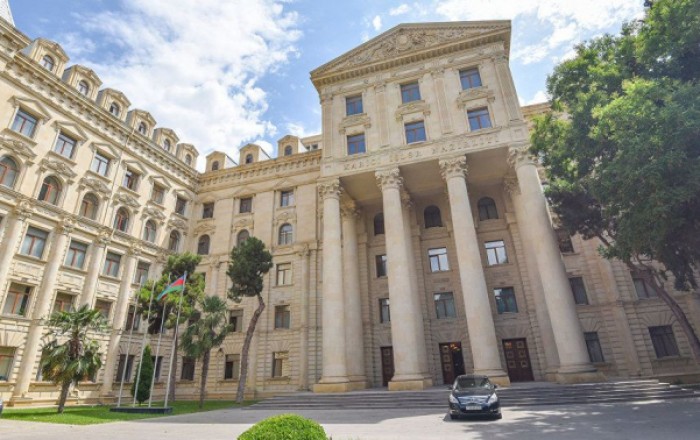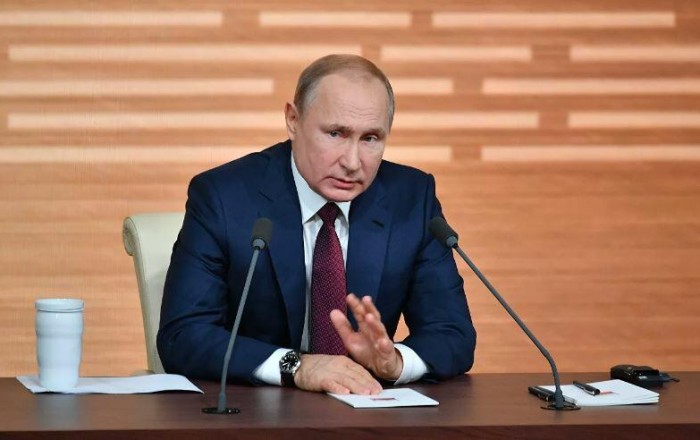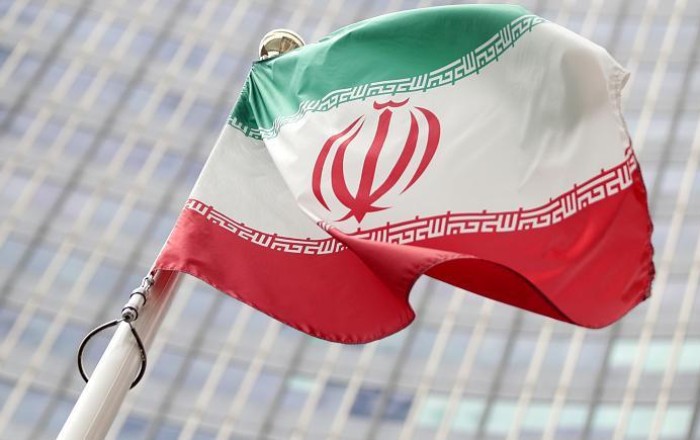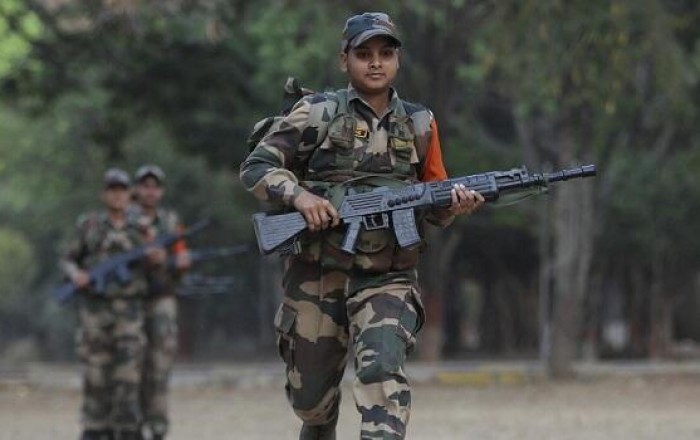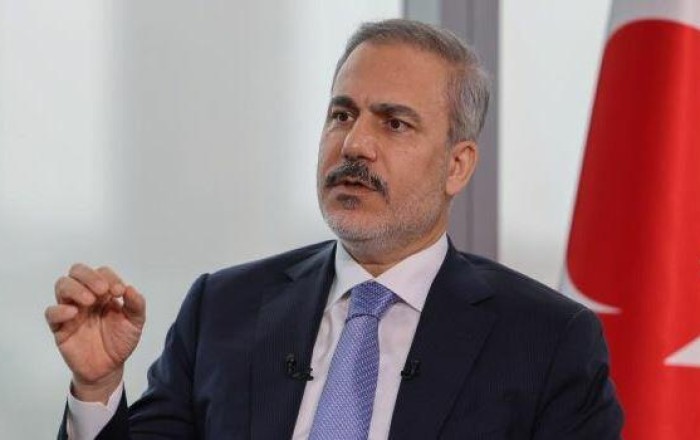Japan is exploring the possibility of exporting a next-generation fighter jet, developed in collaboration with the U.K. and Italy, to Australia, as part of its strategy to strengthen security ties through shared defence technology.
The new aircraft, which will succeed Japan's F-2 and the Eurofighter Typhoon used by the U.K. and Italy, is expected to enter service by 2035, Caliber.Az reports via Japanese media.
The Global Combat Air Programme (GCAP), a joint project between Japan's Mitsubishi Heavy Industries, Britain's BAE Systems, and Italy's Leonardo, began in December 2022. The program aims to produce a fighter jet that can be used by multiple countries, with Australia, India, and Canada showing interest in the new aircraft.
Australia, a key partner in the AUKUS security alliance with the U.S. and the U.K., is particularly aligned with Japan in terms of defence cooperation. As part of the AUKUS framework, the U.K. and Japan have discussed the possibility of joint research on drones designed to integrate with the next-generation fighter jet. Australia's Air Force has received detailed briefings from the three participating countries about the fighter, and the Department of Defence has acknowledged the discussions.
For Japan, which has a Self-Defence Forces agreement to protect Australian military assets, the collaboration with Australia aligns with growing defence cooperation in response to China's growing maritime presence. Australia's involvement in the fighter program could further solidify the security ties between the two nations.
In addition to Australia, India has also shown interest in the jet. Japan approached India earlier this year to discuss a potential purchase, building on the long-standing, friendly relations between the two countries. India, which has traditionally relied on Russian-built fighter jets, may find this new aircraft appealing as it strengthens its alignment with countries opposed to China and Russia. India’s involvement in the Quad, which also includes the U.S. and Australia, further aligns it with Japan's defence objectives.
The Global Combat Air Programme has also attracted attention from other nations, with Canada and Saudi Arabia expressing interest in purchasing the jet. Canada’s participation was highlighted by Maria Eagle, the British Minister for Defence Procurement, who confirmed that the U.K., Japan, and Italy are open to working with additional countries. Saudi Arabia, which had initially sought deeper involvement in the program, is now considering joint manufacturing and maintenance options as a potential partner.
By Tamilla Hasanova
Source: caliber.az



